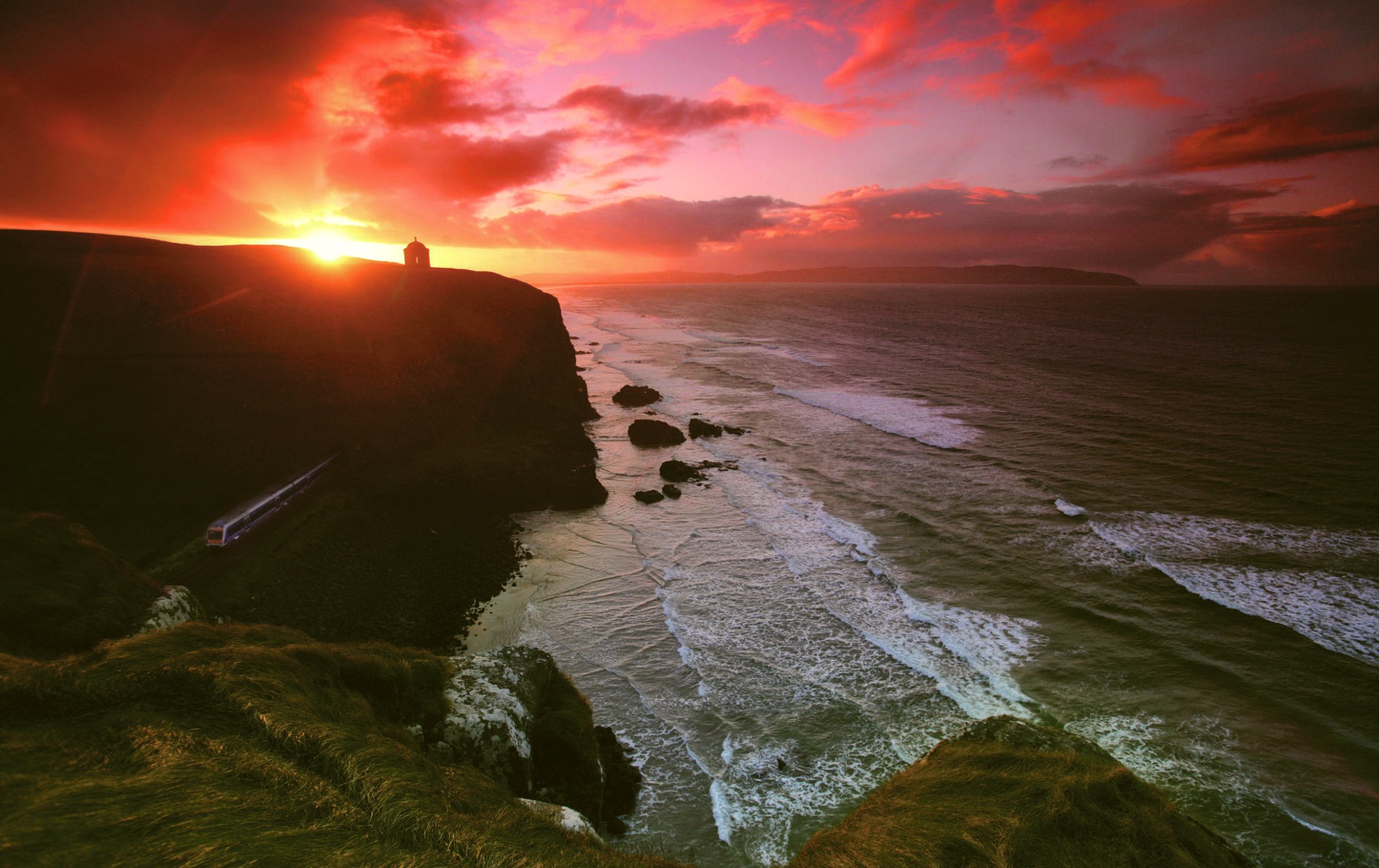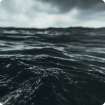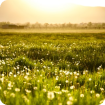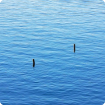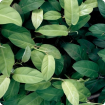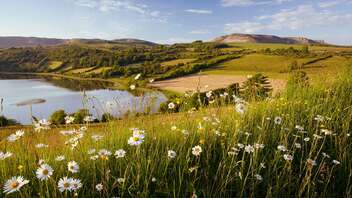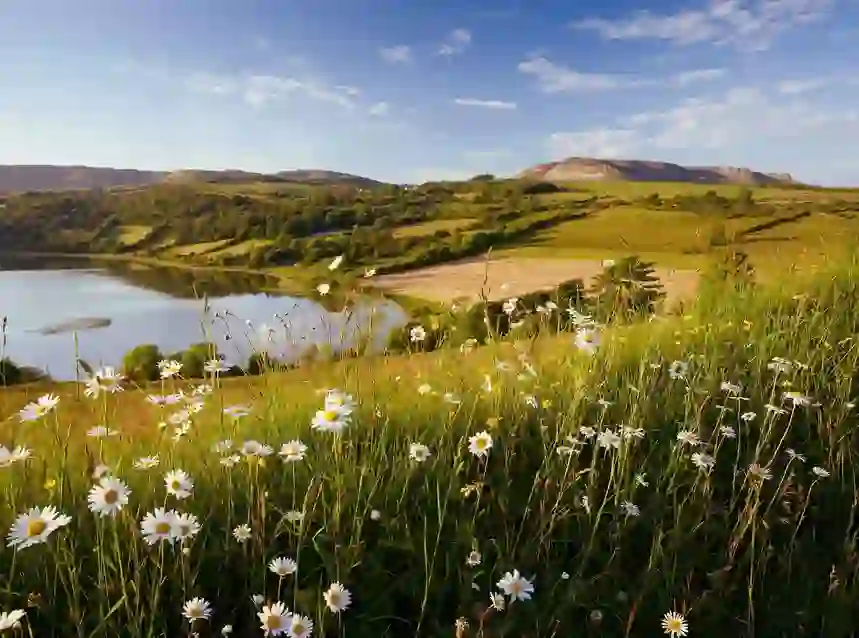
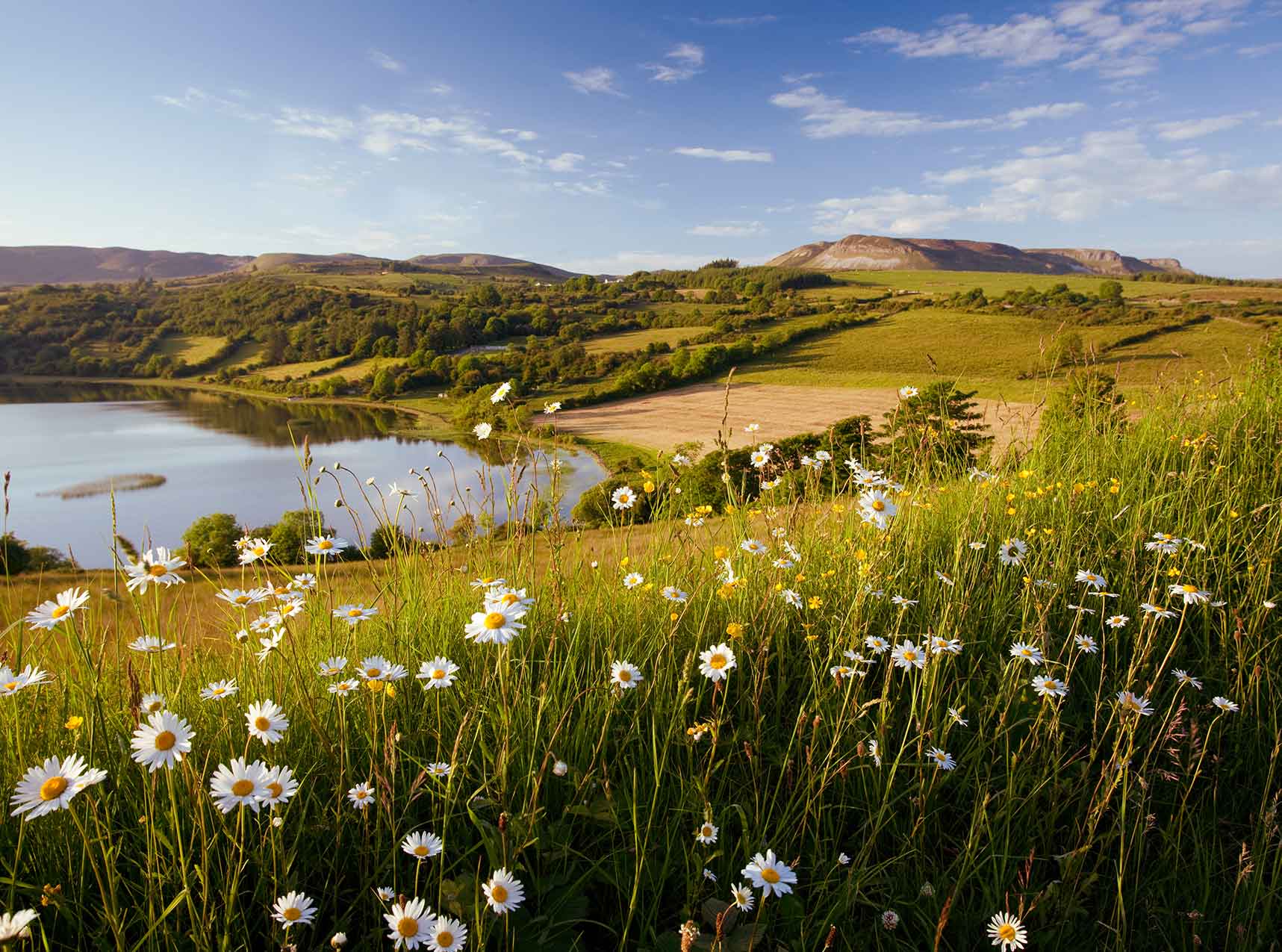
Een eerbetoon aan Yeats
William Butler Yeats was een Ierse dichter en een van de belangrijkste figuren uit de 20e-eeuwse literatuur. Zijn werk als dichter en toneelschrijver heeft het erfgoed en de politiek van Ierland sterk beïnvloed.
Yeats werd geboren op 13 juni 1865 en in 1923 kreeg hij de Nobelprijs voor Literatuur 'voor zijn altijd geïnspireerde poëzie die in een uiterst kunstzinnige vorm uitdrukking geeft aan de geest van een heel volk'.
Wil je dus meer weten over het literaire Ierland, toer dan over het eiland van Sligo naar Dublin en ontdek de plaatsen die Yeats inspireerden. Wie weet krijg je onderweg de geest om je eigen gedicht op papier te zetten?
Welkom in de county van Yeats
Ontdek Sligo, het spirituele thuis van de schrijver en bekijk het landschap door artistieke ogen.
Yeats werd in Dublin geboren, maar zijn familie verhuisde al snel naar Sligo. Yeats beschouwde Sligo als het thuis van zijn jeugd en schreef verschillende gedichten geïnspireerd op zijn omgeving. Het waren de bergen, meren en traditionele overlevering van deze plek die hem aanzetten tot het schrijven van misschien wel zijn beroemdste gedicht: The Lake Isle of Innisfree.

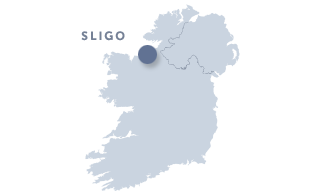
Yeats noemde Sligo 'The Land of Heart’s Desire' en zijn vroege poëzie loopt over van de schoonheid van de county. Benbulben is een dreigende bult aan de kust van Sligo en Yeats voelde de aanwezigheid van de berg zo sterk dat hij het gedicht Under Ben Bulben schreef. Yeats' relatie met de berg duurt ook vandaag de dag nog voort, aangezien hij begraven ligt in z'n schaduw op het kerkhof van Drumcliff.
Must-sees in Sligo
Innisfree
Kom alles te weten over Innisfree, het onbewoonde eilandje in het Lough Gill in Sligo dat een inspiratiebron was voor enkele van de beroemdste werken van Yeats.
De Wild Atlantic Way in Sligo
Yeats liet zich inspireren door de indrukwekkende Benbulben in Sligo. Bekijk met eigen ogen welke andere landmarks de kust van de Wild Atlantic Way kenmerken.
Drumcliff
Zie waarom Yeats voor Drumcliff koos als zijn laatste rustplaats en kom meer te weten over dit vredige dorp aan de voet van de Benbulben.
Een werk van liefde
Bezoek Galway, waar Yeats zijn familiehuis en reputatie als schrijver opbouwde.
We zijn in onze Toren en ik ben poëzie aan het schrijven, zoals ik hier altijd doe, en zoals altijd gebeurt, wordt het liefdespoëzie voordat ik klaar ben.
W.B. Yeats – verwijzend naar zijn thuis in Galway

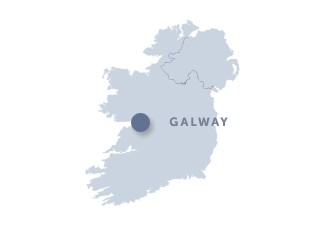
In 1916 kocht Yeats een kasteel in Galway voor £ 35. Hij was gecharmeerd van het gebouw en werd verliefd op de landelijke ligging. Yeats liet het uitgebreid renoveren en doopte het kasteel om tot Thoor Ballylee. De volgende 12 jaar deed het dienst als zijn zomerverblijf. De stille ligging aan de rivier was voor Yeats een inspirerend toevluchtsoord weg van de wereld, en hij schreef er meerdere gedichten waaronder The Tower en The Winding Stair.
Op korte afstand van Thoor Ballylee ligt Coole Park. Yeats zwierf vaak over het landgoed met collega-schrijvers, op zoek naar rust, eenzaamheid en inspiratie. Wat het bos, meer en de zwanen voor Yeats betekenden, blijkt duidelijk uit zijn werk. Behalve de intellectuele stimulans vond Yeats er ook de stilte die hij zo wenste. Coole Park was het decor van veel van zijn gedichten, waaronder The Wild Swans at Coole en In the Seven Woods.
Topplekken in Galway
Thoor Ballylee
Kom meer te weten over Thoor Ballylee op de Lady Gregory and Yeats Heritage Trail en waarom de dichter er zijn thuis van maakte.
Coole Park
Vind de ‘handtekeningenboom’ in Coole Park waar Yeats zijn initialen in kerfde, net als veel andere grote schrijvers.
De Wild Atlantic Way in Galway
Ontdek de prachtige landschappen en meren in het Connemara National Park in Galway op de Wild Atlantic Way.


Stukken voor het toneel
Zoek een plekje in de zaal en ontdek het blijvende erfgoed van Yeats in het Abbey Theatre in Dublin.
Yeats was een belangrijk figuur bij de oprichting van Dublins Abbey Theatre, samen met de dramaturg Lady Augusta Gregory en toneelschrijver Edward Martyn. Met zijn visie op het opvoeren van Ierse en Keltische toneelstukken schreef Yeats het manifest van de groep: “We hopen in Ierland een onbedorven en fantasierijk publiek te vinden, dat door zijn passie voor welsprekendheid geboeid weet te luisteren ...”

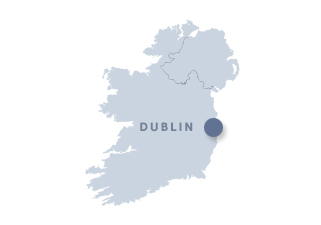
Yeats was niet alleen een van de oprichters van het theater, hij was ook een productief toneelschrijver. Veel van zijn stukken werden er opgevoerd, zoals Cathleen Ní Houlihan op de openingsavond. Yeats zelf, George Bernard Shaw en John Millington Synge zijn een paar van de schrijvers die naam maakten in het Abbey Theatre. Yeats bleef tot aan zijn dood in 1939 betrokken bij het theater en nog steeds is de Abbey het middelpunt van Dublins literaire scene.
Dingen om te doen in Dublin
Dublin Writers Museum
Neem Dublins enorme literaire erfgoed onder de loep en ontdek Ierse schrijvers uit de afgelopen 300 jaar in deze uitgebreide collectie.
Drink met de lokale bewoners
Neem een pint in de stad en ontdek waarom Dublin bekendstaat als een van de vriendelijkste steden van Europa.
The Winding Stair
Lees over The Winding Stair – een van Dublins oudste zelfstandige boekwinkels, genoemd naar het beroemde gedicht van Yeats.





